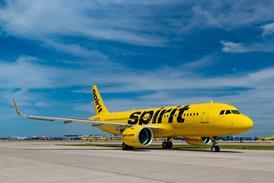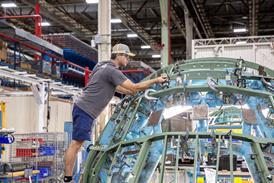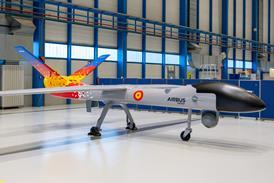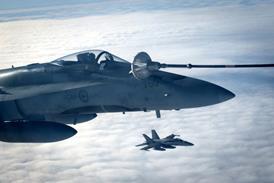Procedures for directing stricken aircraft to diversion airports should be reviewed, say UK air accident investigators, after a Boeing 747 freighter was allowed to fly across central London to Heathrow airport despite having problems with all its engines.

An Air Accidents Investigation Branch (AAIB) report on the Evergreen International Airlines flight says abnormal emergencies training procedures for air traffic controllers may need changing.
Air traffic control guidance now says “it is desirable that aircraft in an emergency should not be routed over densely populated areas”, but the UK National Air Traffic Services says that its primary advice to controllers is that if the diversion airport requested by the pilot can accept the aircraft, the controller should try to accommodate the request unless the aircraft is military or is carrying dangerous goods.
The AAIB bulletin recommends that the Civil Aviation Authority examine “whether sufficient guidance is provided on the avoidance of built-up areas when vectoring aircraft in emergency”, and suggests “this guidance should be amended as soon as practicable”. The CAA says it is studying the report, and expects to respond to the recommendations shortly.
The event occurred on 24 April 2004 as the 34-year-old 747-100 freighter (N481EV) was en route to Wright Field, New York from Ramstein AFB, Germany, says Evergreen. The No 4 engine “ran down” while the aircraft was crossing the UK east coast cruising at flight level 360 (36,000ft/11,000m). The crew decided to shut it down, says the report. They requested descent and were cleared to FL310. The crew, having consulted base about the engine, decided to return to Ramstein and were cleared for a left turn and descent to FL210.
But the crew became concerned the remaining three engines were at lower power settings than they should have been, given the position of the power levers, declared an emergency and requested diversion to Heathrow. During the descent, a series of high-bank “S” turns were executed to increase the angle of descent while making a visual approach, and the aircraft made a safe touchdown on Heathrow’s runway 27R.
On the final approach, when gear and flaps were selected, the captain’s call for a power increase produced a normal response from the engines, says the report, which states that tests could not reproduce the engine problems the crew reported during the early descent.
Evergreen director of quality, safety and internal evaluation Vern Berry said at the time that fuel filters and the engine electronic display were replaced, and “investigation into the reason for the flame-out revealed no erroneous readings or evidence of fuel contamination.
“Operation of all engines to maximum power after the event and in [subsequent] operation have not repeated the flame-out or the low-power condition,” he said.
DAVID LEARMOUNT/LONDON
Source: Flight International























